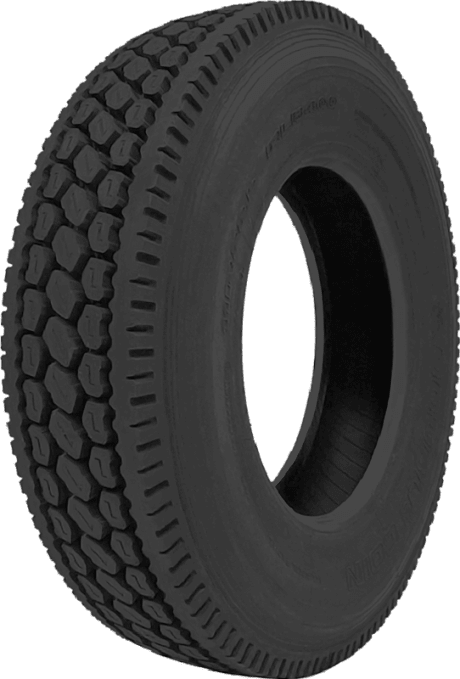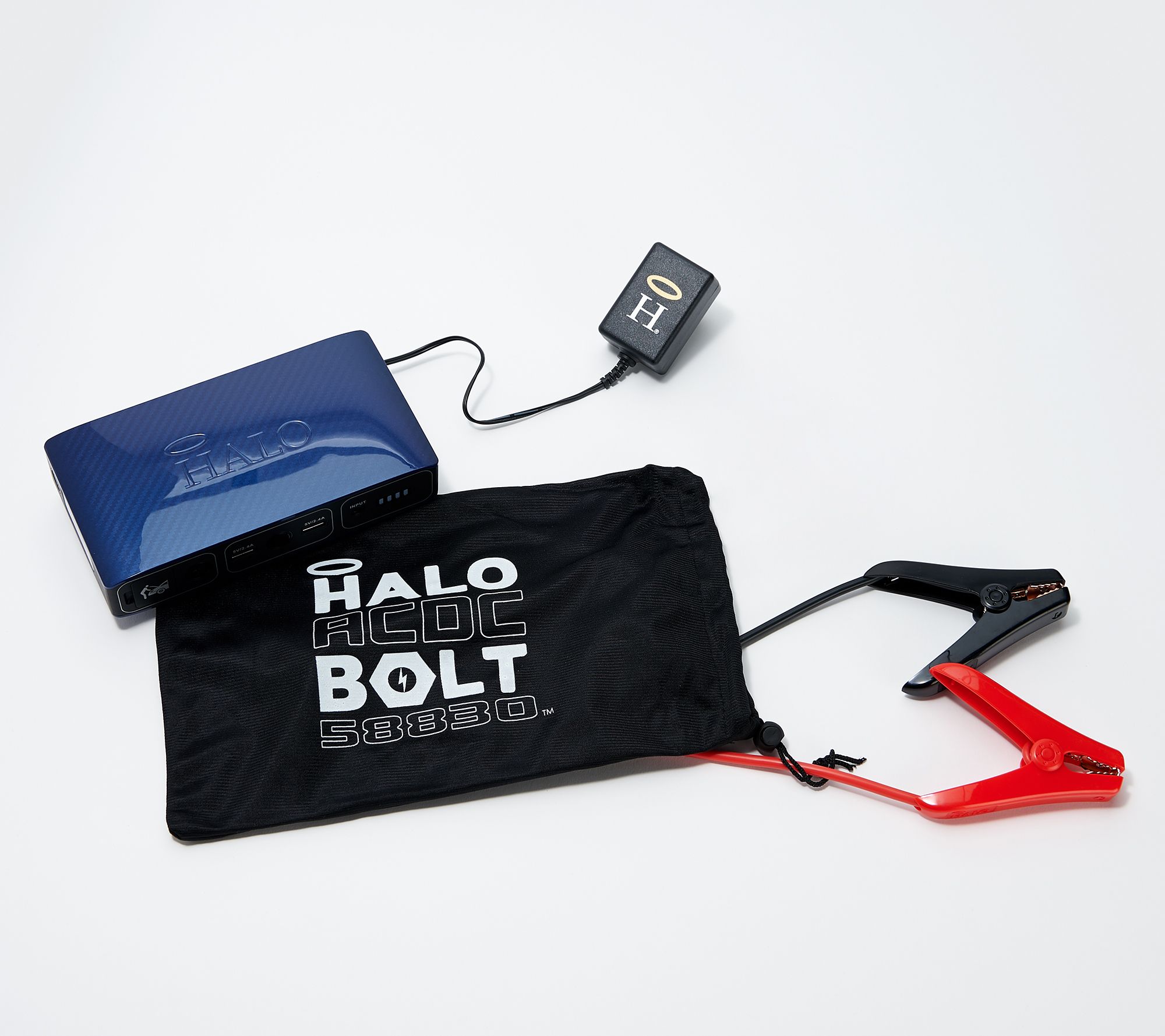Double Coin RLB400 Tires – SimpleTire
Groove bottom protectors and optimized lug base prevent stone retention. Full depth tread for longer mileage. Robust casing enhances load bearing and stability.
The Double Coin RLB400 tire is designed for drive wheel positions. This closed shoulder tire delivers excellent traction on the highway thanks to its tighter tread to void ratio which enhances crown stability for prolonged tread life. Multiple sipes on the blocks increase grip in wet conditions while the ribbed pattern minimizes rolling resistance. On wet surfaces, the grooves evacuate water from the contact patch to increase traction and minimize the possibility of hydroplaning.
- Groove bottom protectors and optimized lug base prevent stone retention
- Full depth tread for longer mileage
- Robust casing enhances load bearing and stability






by John
Have been using them for years good service. On the drives only!!
by Heidi
We use these tires on both of our over the road trucks and they are awesome. The only reason I didn’t give it 5 stars on ride noise is be.
by Dave
Pretty good tires and cant beat the price, have had very good luck in the past with double coin.